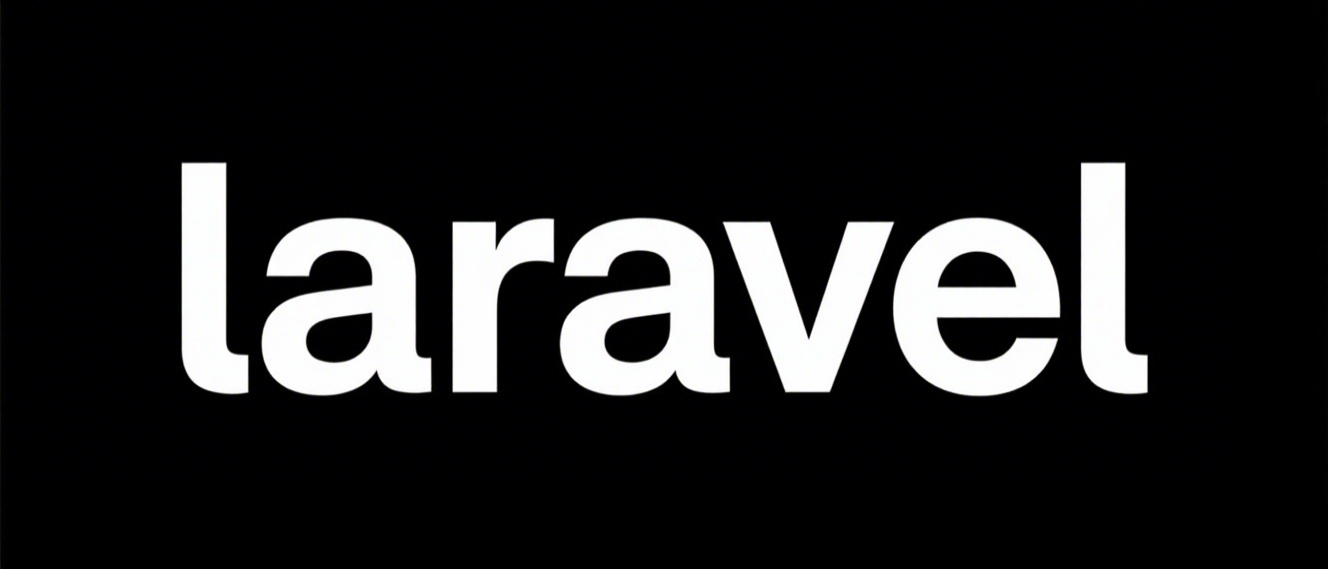Using @inject in Blade can directly inject services into the view, with the basic syntax as @inject('variable name', 'namespace\class name'). For example, @inject('logger', 'App\Services\LoggerService'), and its methods can then be called through $logger; common scenarios include permission checking, dynamic configuration reading, tool-class calls and cache processing; when using it, you need to ensure that the service is bound to the container, use a complete namespace, avoid complex logic, and optimize performance in combination with cache.

In Laravel, using Blade service injection directly in the view is a way to make templates more flexible and powerful. Although many people are used to preparing data in the controller and then passing it to the view, sometimes you do need to directly access certain services in the Blade template, such as configuration items, user permission judgment, or some auxiliary classes.

Blade provides the @inject directive to achieve this, which is simple and practical to use.

How to use @inject in Blade
Laravel's Blade engine allows you to inject services in containers into views through the @inject directive. The basic syntax is:
@inject('Variable Name', 'namespace\class name')
For example, suppose you want to call a log service in the view:

@inject('logger', 'App\Services\LoggerService')
@if ($logger->hasErrors())
<div class="alert alert-danger">Error log found</div>
@endifThis allows you to use the methods and properties of the service directly in the template.
Common usage scenarios and suggestions
Here are some typical scenarios suitable for using service injection in Blade:
- Permission check : For example, whether the current user has a certain permission can be judged by permission services.
- Dynamic configuration read : Read settings from a database or configuration file and use them in the view.
- Tool-class calls : such as formatting time, currency conversion and other auxiliary methods.
- Cache processing : Display different contents according to the cache status (such as whether to enable cache reminders).
Note: Try to avoid complicated logical operations in the view. Keep the view lightweight and only responsible for display.
Tips and precautions for use
The binding service must be registered in the container
If you customize a service class, make sure it is already bound in the Laravel container, otherwise an error will be reported. It can be bound throughAppServiceProvideror other service providers.Write the namespace
It is best to have a complete namespace for class names to avoid not being able to find the class.Don't abuse it
Although it can inject services, it does not mean that all logic should be placed in the view. Too many business judgments can make templates difficult to maintain.Pay attention to life cycle when used in conjunction with cache
If the service you inject involves database queries, remember to consider performance issues and add cache control if necessary.
summary
Blade's @inject function provides greater flexibility for views, especially suitable for making some simple service calls. As long as it is used reasonably, it will not cause too much maintenance burden.
Basically all that is it. Mastering this command can give you an extra tool when writing views.
The above is the detailed content of Using Blade Service Injection in Laravel Views?. For more information, please follow other related articles on the PHP Chinese website!

Hot AI Tools

Undress AI Tool
Undress images for free

Undresser.AI Undress
AI-powered app for creating realistic nude photos

AI Clothes Remover
Online AI tool for removing clothes from photos.

Clothoff.io
AI clothes remover

Video Face Swap
Swap faces in any video effortlessly with our completely free AI face swap tool!

Hot Article

Hot Tools

Notepad++7.3.1
Easy-to-use and free code editor

SublimeText3 Chinese version
Chinese version, very easy to use

Zend Studio 13.0.1
Powerful PHP integrated development environment

Dreamweaver CS6
Visual web development tools

SublimeText3 Mac version
God-level code editing software (SublimeText3)

Hot Topics
 What are policies in Laravel, and how are they used?
Jun 21, 2025 am 12:21 AM
What are policies in Laravel, and how are they used?
Jun 21, 2025 am 12:21 AM
InLaravel,policiesorganizeauthorizationlogicformodelactions.1.Policiesareclasseswithmethodslikeview,create,update,anddeletethatreturntrueorfalsebasedonuserpermissions.2.Toregisterapolicy,mapthemodeltoitspolicyinthe$policiesarrayofAuthServiceProvider.
 How do I install Laravel on my operating system (Windows, macOS, Linux)?
Jun 19, 2025 am 12:31 AM
How do I install Laravel on my operating system (Windows, macOS, Linux)?
Jun 19, 2025 am 12:31 AM
Yes,youcaninstallLaravelonanyoperatingsystembyfollowingthesesteps:1.InstallPHPandrequiredextensionslikembstring,openssl,andxmlusingtoolslikeXAMPPonWindows,HomebrewonmacOS,oraptonLinux;2.InstallComposer,usinganinstalleronWindowsorterminalcommandsonmac
 What are controllers in Laravel, and what is their purpose?
Jun 20, 2025 am 12:31 AM
What are controllers in Laravel, and what is their purpose?
Jun 20, 2025 am 12:31 AM
The main role of the controller in Laravel is to process HTTP requests and return responses to keep the code neat and maintainable. By concentrating the relevant request logic into a class, the controller makes the routing file simpler, such as putting user profile display, editing and deletion operations in different methods of UserController. The creation of a controller can be implemented through the Artisan command phpartisanmake:controllerUserController, while the resource controller is generated using the --resource option, covering methods for standard CRUD operations. Then you need to bind the controller in the route, such as Route::get('/user/{id
 How do I customize the authentication views and logic in Laravel?
Jun 22, 2025 am 01:01 AM
How do I customize the authentication views and logic in Laravel?
Jun 22, 2025 am 01:01 AM
Laravel allows custom authentication views and logic by overriding the default stub and controller. 1. To customize the authentication view, use the command phpartisanvendor:publish-tag=laravel-auth to copy the default Blade template to the resources/views/auth directory and modify it, such as adding the "Terms of Service" check box. 2. To modify the authentication logic, you need to adjust the methods in RegisterController, LoginController and ResetPasswordController, such as updating the validator() method to verify the added field, or rewriting r
 How do I use Laravel's validation system to validate form data?
Jun 22, 2025 pm 04:09 PM
How do I use Laravel's validation system to validate form data?
Jun 22, 2025 pm 04:09 PM
Laravelprovidesrobusttoolsforvalidatingformdata.1.Basicvalidationcanbedoneusingthevalidate()methodincontrollers,ensuringfieldsmeetcriterialikerequired,maxlength,oruniquevalues.2.Forcomplexscenarios,formrequestsencapsulatevalidationlogicintodedicatedc
 How do I escape HTML output in a Blade template using {{{ ... }}}? (Note: rarely used, prefer {{ ... }})
Jun 23, 2025 pm 07:29 PM
How do I escape HTML output in a Blade template using {{{ ... }}}? (Note: rarely used, prefer {{ ... }})
Jun 23, 2025 pm 07:29 PM
InLaravelBladetemplates,use{{{...}}}todisplayrawHTML.Bladeescapescontentwithin{{...}}usinghtmlspecialchars()topreventXSSattacks.However,triplebracesbypassescaping,renderingHTMLas-is.Thisshouldbeusedsparinglyandonlywithfullytrusteddata.Acceptablecases
 Selecting Specific Columns | Performance Optimization
Jun 27, 2025 pm 05:46 PM
Selecting Specific Columns | Performance Optimization
Jun 27, 2025 pm 05:46 PM
Selectingonlyneededcolumnsimprovesperformancebyreducingresourceusage.1.Fetchingallcolumnsincreasesmemory,network,andprocessingoverhead.2.Unnecessarydataretrievalpreventseffectiveindexuse,raisesdiskI/O,andslowsqueryexecution.3.Tooptimize,identifyrequi
 How do I mock dependencies in Laravel tests?
Jun 22, 2025 am 12:42 AM
How do I mock dependencies in Laravel tests?
Jun 22, 2025 am 12:42 AM
TomockdependencieseffectivelyinLaravel,usedependencyinjectionforservices,shouldReceive()forfacades,andMockeryforcomplexcases.1.Forinjectedservices,use$this->instance()toreplacetherealclasswithamock.2.ForfacadeslikeMailorCache,useshouldReceive()tod






